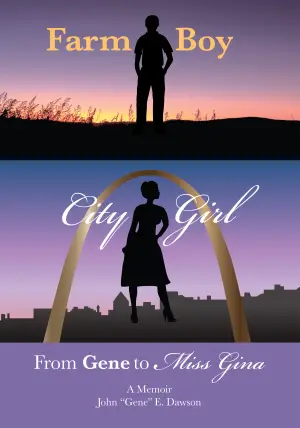There Is No Place for Us: Working and Homeless in America – A Heartfelt Reflection
When I first stumbled upon There Is No Place for Us: Working and Homeless in America by Brian Goldstone, I was intrigued. The title alone resonated deeply with me—after all, it’s a sentiment that encapsulates a significant dichotomy in American life: hard work should lead to success, but for many, this isn’t the case. In a time when the economy is often touted as thriving, how can it coexist with a burgeoning population of working homeless? As I delved into Goldstone’s powerful narratives, I was both captivated and heartbroken, reminded of the undeniable resilience of the human spirit.
Goldstone explores the harrowing lives of five Atlanta families, each intricately woven together by a common struggle—housing insecurity. Each character springs to life on the pages: Maurice and Natalia, who want a clean slate in the "Black Mecca" of America; Kara, dreaming of a better future while mopping floors at a hospital; and Celeste, fighting ovarian cancer while juggling a warehouse job. Their dreams are familiar yet shrouded in a thick layer of systemic barriers and socioeconomic disparities. What struck me was how Goldstone infused these pages with a novelistic quality, creating heartfelt portraits that evoke empathy and urgency.
The book’s narrative style is nothing short of brilliant. Goldstone seamlessly combines intense reporting with personal storytelling, ensuring that you feel as though you’re walking alongside these families. It challenges us to confront the uncomfortable truth that homelessness in America has evolved beyond what we may typically envision—it’s not just the statistic-laden headlines; it’s the quiet desperation of those who work tirelessly yet remain unable to afford housing. The way he writes about each family compels you to feel their struggles, illuminating a side of society often tucked away from sight.
One quote from the book lingered in my mind: “You can work hard and still not have a place to call home.” It serves as an unsettling reminder of a broken system that has failed these families and, by extension, countless others. This sentiment echoed the voices in many reader reviews, with echoes of admiration and heartbreak resonating throughout the shared experiences.
Goldstone does not shy away from offering critical insights; he points to the stark inequalities rampant in society that conspire against those determined to provide for their families. Readers, including myself, find not only deep empathy but also a call to action woven throughout the narrative. As we absorb their stories, we are urged to advocate for housing as a fundamental human right.
There Is No Place for Us is a must-read for anyone who cares about social justice, urban policy, and the human condition. Whether you’re well-versed in issues surrounding homelessness or someone just beginning to understand its complexities, this book will leave its mark. It’s a profound reflection on our society’s obligations to one another, a stirring reminder of the urgent need for systemic change.
As I closed the book, I felt not just heartbreak but a resolve to engage in conversations surrounding these injustices. Goldstone has opened a door to understanding that I believe every reader should walk through. For me, this wasn’t just a reading experience; it was an awakening to the realities many of our fellow citizens face in silence. So if you’re ready to be moved and inspired, I wholeheartedly recommend There Is No Place for Us.
You can find There Is No Place for Us: Working and Homeless in America here >>






